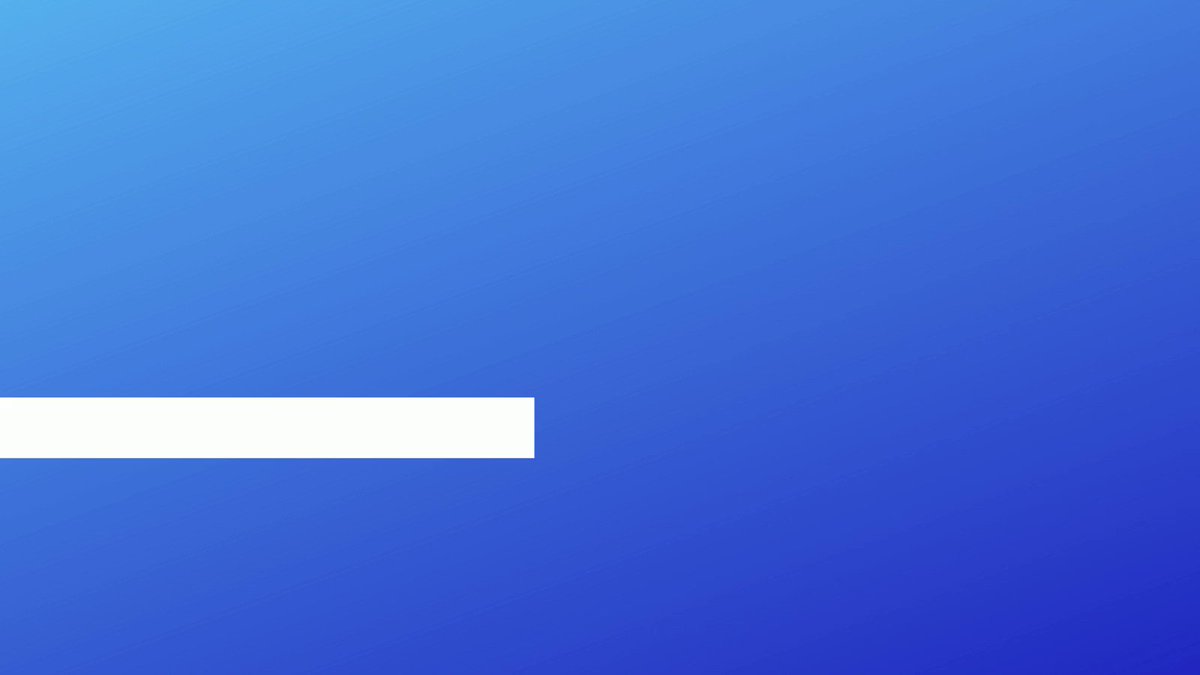Vibha B Madhava
2:23
2:27
2:29
2:35
2:40
2:40
2:41
2:43
2:47
2:48
2:49
2:51
2:52
2:55
2:55
2:55
2:58
3:00
3:03
3:05
3:06
3:07
3:09
Connecting…





